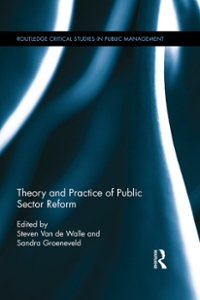Question
2. Assume that the demand curve for milk is given by Q = 100 10 P, where P is the price per gallon and Q
2. Assume that the demand curve for milk is given by Q = 100 10 P, where P is the price per gallon and Q is the quantity demanded per year. The supply curve is horizontal at a price of 2. a. Assuming that the market is competitive, what is the price per gallon of milk and the number of gallons sold? b. With the connivance of some politicians, the dairy farmers are able to form and maintain a cartel. (Such a cartel actually operates in the northeastern United States.) What is the cartel price, and how many gallons of milk are purchased? [Hint: The marginal revenue curve ( MR) is given by MR = 10 Q /5. Also, remember that the supply curve shows the marginal cost associated with each level of output.] c. What are the rents associated with the cartel? d. Suppose that in order to maintain the car-tel, the dairy farmers simply give lump-sum campaign contributions to the relevant poli-ticians. What is the maximum contribution they would be willing to make? What is the deadweight loss of the cartel? e. Suppose that instead of lump-sum contribu-tions to politicians, the dairy farmers hire lobbyists and lawyers to make their case in Congress. How does this change your esti-mate of the deadweight loss associated with this rent-seeking activity? (Reference:Rosen, Harvey S. Public Finance, 10th Edition. McGraw-Hill Higher Education)

Step by Step Solution
There are 3 Steps involved in it
Step: 1

Get Instant Access to Expert-Tailored Solutions
See step-by-step solutions with expert insights and AI powered tools for academic success
Step: 2

Step: 3

Ace Your Homework with AI
Get the answers you need in no time with our AI-driven, step-by-step assistance
Get Started


